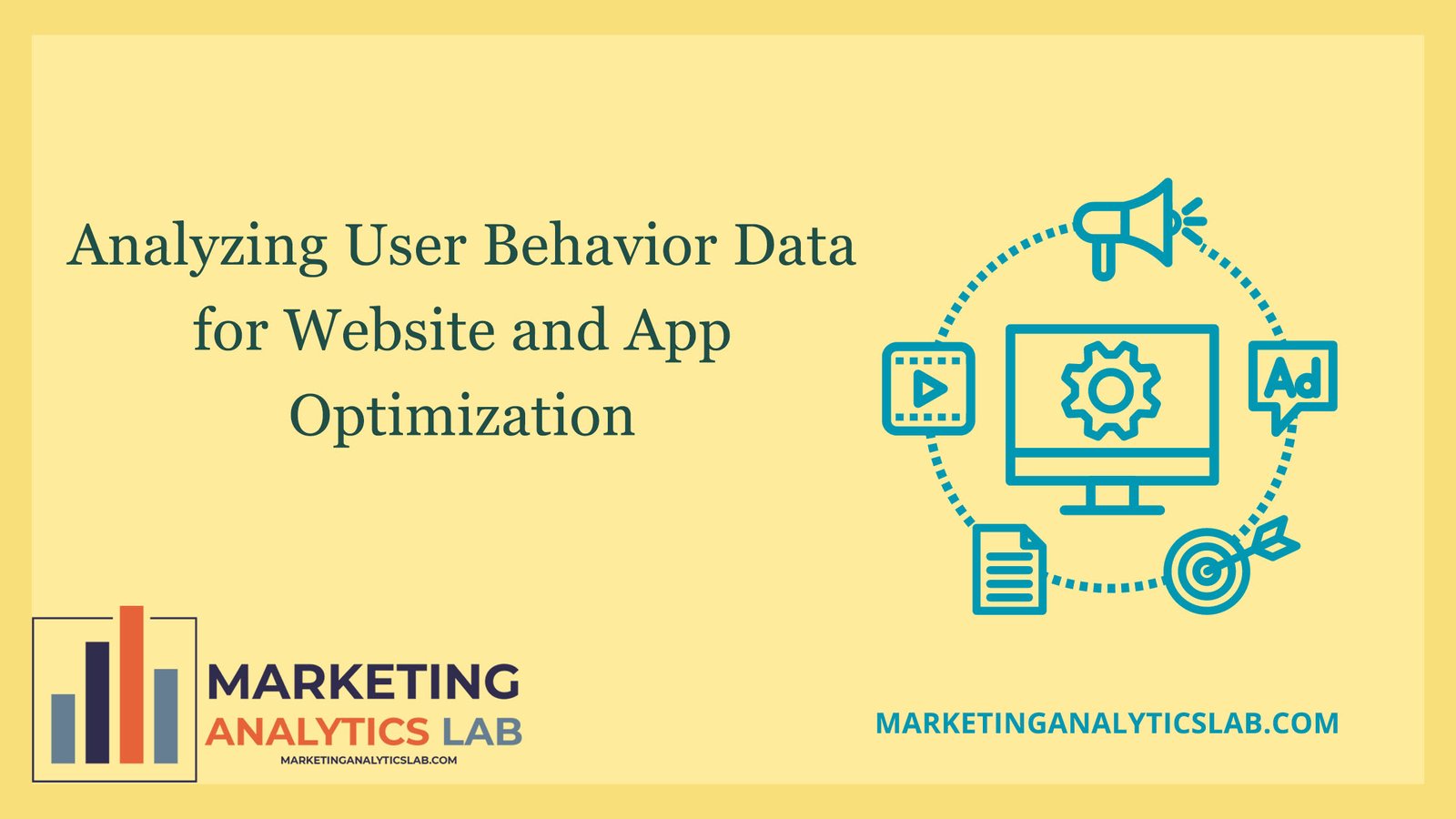Understanding User Behavior Data
Understanding user behavior data is crucial for website and app optimization. This data provides valuable insights into how users interact with your platform, including their browsing patterns, preferences, and actions. By analyzing user behavior data, you can identify areas for improvement, such as high bounce rates, low conversion rates, or user drop-off points. This information allows you to make informed decisions to enhance the overall user experience and drive better results.
There are various tools available to collect user behavior data, such as Google Analytics, heatmaps, and session recordings. These tools track user actions, such as page views, clicks, time spent on page, and conversion rates. By analyzing this data, you can gain a better understanding of user engagement and identify opportunities for optimization. For example, if users are abandoning their shopping carts at a certain point in the checkout process, you can investigate the issue and make adjustments to improve conversion rates.
In addition to quantitative data, qualitative data can provide valuable insights into user behavior. Surveys, feedback forms, and user testing can help you understand the reasons behind user actions and preferences. By combining quantitative and qualitative data, you can create a comprehensive picture of user behavior and make informed decisions to optimize your website or app for better performance.
Implementing Optimization Strategies
Once you have analyzed user behavior data, it’s time to implement optimization strategies to improve the user experience and drive better results. One common strategy is A/B testing, where you create two versions of a webpage or feature and test them with different user segments to see which performs better. This allows you to make data-driven decisions based on user preferences and behavior.
Another optimization strategy is to optimize the user journey by simplifying navigation, reducing friction points, and improving overall usability. By streamlining the user experience, you can increase engagement, reduce bounce rates, and ultimately drive more conversions. This can be achieved through user testing, feedback analysis, and continuous monitoring of user behavior data to identify areas for improvement.
Personalization is also key to optimizing user experience. By leveraging user behavior data, you can tailor content, recommendations, and messaging to individual user preferences. This not only enhances user engagement but also drives conversions and loyalty. By continuously analyzing user behavior data and implementing optimization strategies, you can ensure that your website or app is performing at its best and meeting the needs of your target audience.

